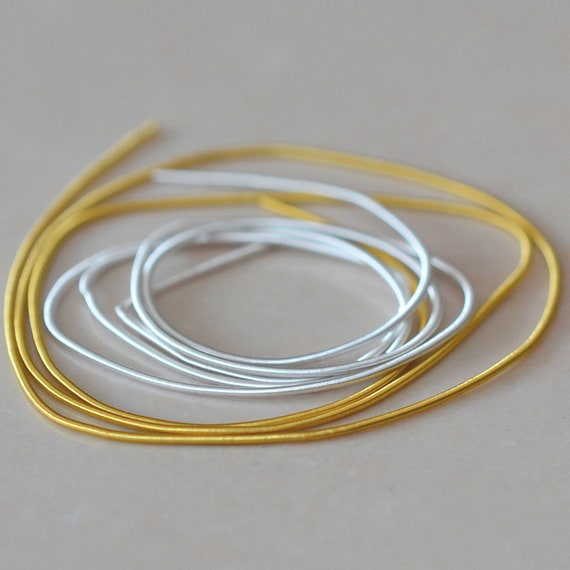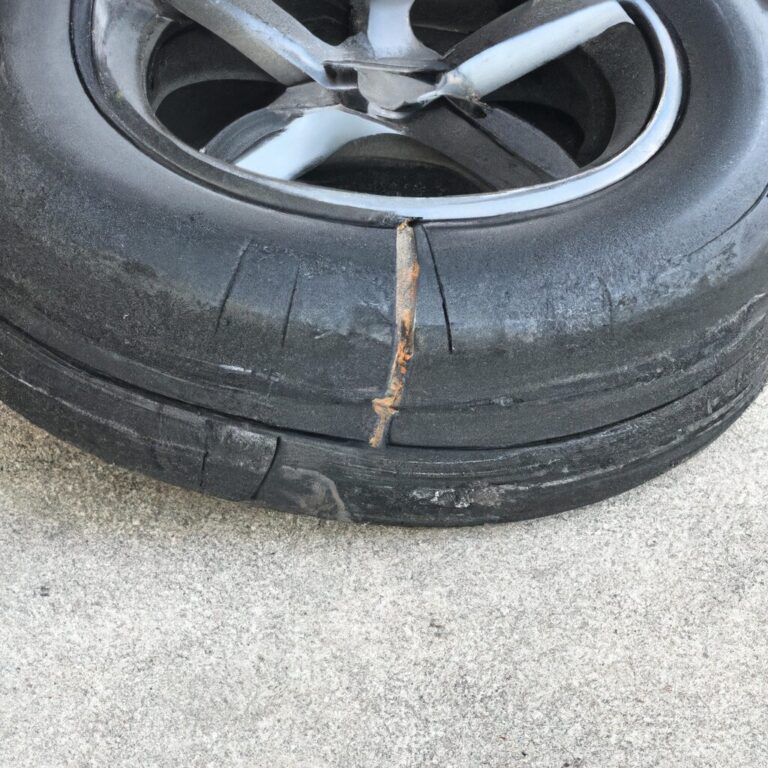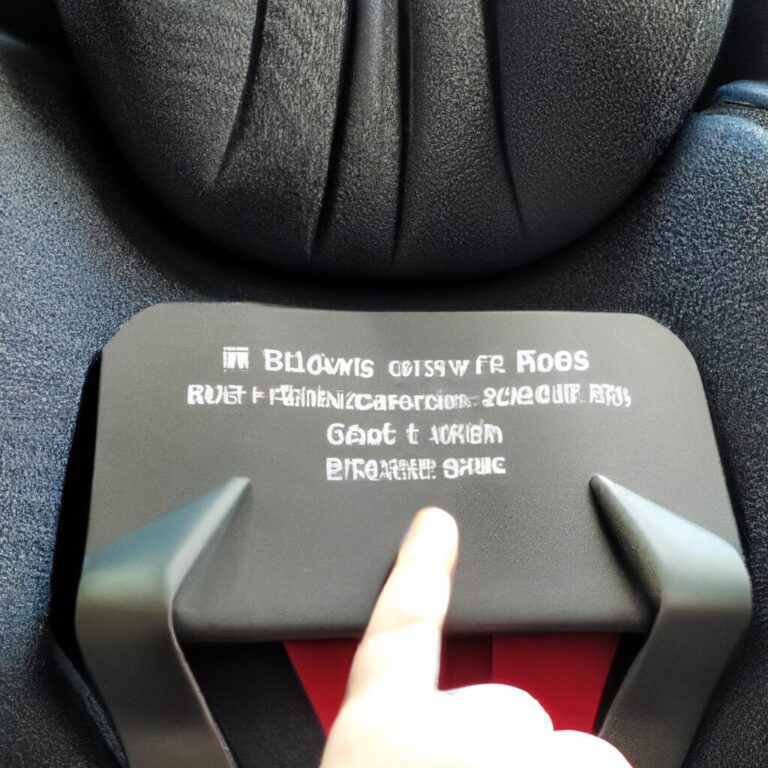How Many Miles Will 1Mm of Tread Last
1mm of tire tread will last around 1,000 miles before needing replacement, depending on driving habits. Proper tire maintenance is essential for maximizing tread life and ensuring vehicle safety.
Regularly checking tire pressure, alignment, and rotation can extend the lifespan of your tires. Factors like driving conditions, road surfaces, and driving habits can impact how long the tread lasts. When it comes to tire longevity, practicing good driving habits such as avoiding sudden stops and starts can help preserve tire tread.
By monitoring tread wear and addressing any issues promptly, you can ensure that your tires last as long as possible, saving you money and keeping you safe on the road.
Factors Affecting Tread Wear
Tread wear is influenced by factors such as driving conditions, tire quality, and maintenance practices. The lifespan of 1mm of tread can vary depending on these factors, making it difficult to determine an exact mileage.

Credit: www.etsy.com
Average Tread Life Expectancy
When it comes to Average Tread Life Expectancy, understanding how long your tires will last is crucial for maintaining vehicle safety and performance.
Tire Manufacturers’ Estimates
Manufacturers typically provide an estimate for the average tread life of their tires, usually ranging from 40,000 to 80,000 miles.
Real-world Data
However, real-world data suggests that several factors can impact actual tread longevity, such as driving habits, road conditions, and tire maintenance.
Calculating Tread Wear Mileage
To calculate the tread wear mileage of a tire, you can use a simple formula to determine how many miles 1mm of tread will last. Measure the current tread depth and divide it by the original tread depth to get a percentage.
Then multiply the percentage by the expected tread wear mileage to find out how many miles 1mm of tread will last.
Tread Depth Measurement
Measuring tread depth helps in determining tire wear.
Use a tread depth gauge for accuracy in measurements.
Record tread depth regularly to track tire wear trends.
Tread Wear Rating
Check the tire sidewall for the tread wear rating.
Higher rating indicates longer tread life.
Understanding the rating helps predict tire longevity.

Credit: www.ebay.com
Tips To Extend Tread Life
When it comes to extending the tread life of your tires, there are several proactive measures you can take. By implementing these tips, you can maximize the longevity of your tire treads, saving both time and money in the long run.
Regular Tire Rotations
Regular tire rotations are essential for extending the life of your tires. It’s recommended to rotate your tires every 6,000 to 8,000 miles, or as specified by the manufacturer. By rotating the tires, you ensure that the wear is distributed evenly, preventing premature wear on any single tire.
Proper Tire Inflation
Proper tire inflation is key to maximizing tread life. Check your tire pressure monthly, and before long trips, using a reliable pressure gauge. Underinflated tires will wear more on the edges, while overinflated tires will wear more at the center. Keeping the tires at the recommended pressure will ensure even wear and extend the life of the tread.
Avoiding Hard Braking
Avoiding hard braking whenever possible can also extend the life of your tire treads. Hard braking causes excessive friction and wear on the treads. By maintaining a safe following distance and anticipating stops, you can reduce the need for aggressive braking.
By implementing these tips, you can significantly extend the life of your tire treads, ultimately saving time and money on premature replacements.
Signs Of Worn Tires
Tire tread is designed to provide grip and traction on the road. Over time, the tread wears down, resulting in reduced performance and safety. It is important to be aware of the signs of worn tires to ensure you can take necessary action before they become a hazard. Here are some key indicators that you should watch out for:
Visible Tread Wear Indicators
One of the most obvious signs of worn tires is the visibility of tread wear indicators. These indicators, also known as wear bars or wear indicators, are small raised sections molded into the bottom of the tread grooves. They are typically located at various points around the tire, and when the tread becomes even with these bars, it is a clear indication that the tire has reached its limit. If you notice these indicators becoming visible, it is a sign that your tires are nearing the end of their life.
Reduced Traction
Another sign of worn tires is reduced traction on the road. As the tread wears down, the tire loses its ability to grip the surface properly, especially in wet or slippery conditions. This can significantly impact your ability to stop quickly or maintain control while turning, increasing the risk of accidents. If you notice that your vehicle takes longer to stop or slides easily on wet roads, it is a strong indication that your tires are worn and need to be replaced.
Increased Road Noise
Worn tires are also associated with increased road noise. As the tread wears down, the patterns that help to reduce noise become less effective. This can result in louder and more noticeable road noise while driving. If you start to hear excessive noise, especially at high speeds, it could be a sign that your tires are worn. Pay attention to any unusual sounds and address the issue promptly to maintain a quieter and more comfortable driving experience.
Being aware of these signs of worn tires is crucial for your safety on the road. Regularly inspecting your tires and looking out for these indicators can help you determine when it’s time for a replacement. Don’t wait until it’s too late, as worn tires can compromise your vehicle’s performance and put you and others at risk. Stay proactive and ensure your tires are in good condition for a confident and secure driving experience.

Credit: www.amazon.com
Frequently Asked Questions Of How Many Miles Will 1mm Of Tread Last
How Many Miles Can You Put On A 1mm Tyre Tread?
You can put around 1,500 miles on a tire with 1mm tread depth, but it’s best to replace at 2mm.
Is 1mm Tread Good?
A 1mm tread depth is not considered good as it indicates worn-out tires. Optimal tread depth is typically 2-3mm.
How Long Will 1.5 Mm Tyre Tread Last?
1. 5 mm tyre tread lasts for around 6,000 miles, but it’s good to monitor and replace when necessary. Regular maintenance and appropriate driving can extend the lifespan.
How Many Miles Does 3mm Tread Last?
A 3mm tread typically lasts for about 10,000 to 15,000 miles on average. However, this can vary depending on factors such as driving conditions and habits. Regular tire checks and maintenance are important to ensure optimal performance and safety.
Faq 1: How Long Does 1mm Of Tread Last On A Tire?
The lifespan of 1mm tread depth depends on various factors such as tire quality, driving conditions, and maintenance, but on average, it could last around 1,000 – 1,500 miles.
Faq 2: Is 1mm Of Tread Enough For Safe Driving?
While 1mm of tread might meet the legal minimum requirement, it significantly reduces traction and increases the risk of hydroplaning. It is recommended to replace the tire at this point.
Faq 3: How Often Should I Check My Tire Tread Depth?
Regularly check your tire tread depth every month, especially before long trips or during seasonal changes. It ensures optimal performance, fuel efficiency, and safety on the road.
Conclusion
Understanding how long 1mm of tread will last is crucial for maintaining tire safety and performance. Regular inspection and maintenance can help extend the lifespan of your tires, while driving habits also play a significant role. By staying informed and proactive, you can maximize the mileage of your tires and ensure a safe driving experience.



